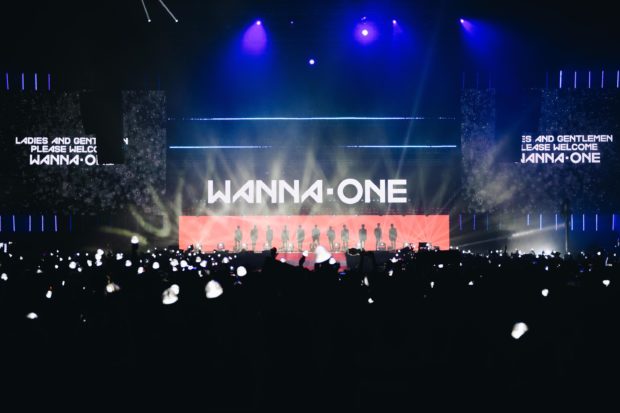HONG KONG — On June 29 and 30, Canadian chanteuse Celine Dion performed in Macao’s Cotai Arena. The show followed her March 2008 Taking Chances World Tour, also performed at the then spanking new Venetian Arena. This was the second time Dion had passed over Hong Kong to sing in our sister SAR.
The last time Dion performed in Hong Kong was in 1999. A part of her Let’s Talk About Love World Tour, the show took place on a Kai Tak airstrip. Dion has a reputation for covering every inch of a stage to personally address fans. It is no wonder then that she chose the state-of-the-art Cotai Arena, twice, over a return to Kai Tak.
Dion is not alone. Since its opening in 2007, Cotai Arena has hosted performers ranging from Beyoncé to the South Korean boy band Super Junior and Hong Kong starlet G.E.M., although Macao’s population is roughly a tenth of Hong Kong’s. Local, regional and international superstars increasingly pick Macao over Hong Kong. And Hong Kong residents think nothing of hopping across the Pearl River Delta to catch a concert.
None of Hong Kong’s venues is purpose-built for arena-style musical extravaganzas. Hong Kong Coliseum in Hung Hom, opened in 1983 with a seating capacity of 12,500, was originally designed to be an indoor sports facility, complemented by the outdoor Hong Kong Stadium in Causeway Bay which opened in 1994 with 40,000 seats.
Poor vision
Cantopop concerts usually take a back seat to sporting events, university congregations and the annual Miss Hong Kong beauty pageant at the Coliseum. The central four-sided color projection system was designed to be a scoreboard for instant replays rather than showcase a performer’s virtuosity. The 1,600-square-meter Coliseum’s two tiers of balcony seating are positioned on a continuous incline rather than staggered. This means that those in the back rows are nearly 60 meters away from the stage and have to squint at the ceiling-mounted scoreboard to be able to see anything. Moreover, international acts have to start the booking procedure way ahead of the performance dates to secure a spot at the Coliseum. Most don’t bother.
AsiaWorld-Expo’s arena, opened in 2005 with a seating capacity of 14,000, should have been the answer. The 10,880-square-meter arena is nearly seven times the size of the Coliseum yet with just 12 percent more seating, which means that its shallow inclines put fans further away from the action with more restricted sightlines. The screens are too small, and acoustics are typically found wanting in the cavernous 19-meter-high hall. The MTR station is at the opposite end of the 70,000-square-meter complex and competing with the traffic headed to and from the adjacent Hong Kong International Airport can be a nightmare after a concert is over.
By comparison, Cotai Arena’s 15,000-seat capacity within 13,440 square meters features staggered inclined seating. Together with its 22-meter ceiling height, the steeper seating puts fans closer to the stage, with more inclined sightlines that minimize restrictions. The entire arena offers free Wi-Fi, allowing fans to share their experience instantaneously. Rigging, staging and carpentry specialists help artists put on a sophisticated and seamless show. The upper level has its own dedicated escalators and concourse similar to contemporary stadiums, making it easy to find a seat as well as leave the venue when the show’s over. Even factoring in the hour-long ferry ride back to Hong Kong, it may be quicker to get home after attending a concert at Cotai Arena than AsiaWorld.
If Hong Kong wants to be Asia’s world city, it needs to up its game to attract high-caliber acts with venues that do their talent justice. And that includes re-examining its current offering of arena-sized venues.
